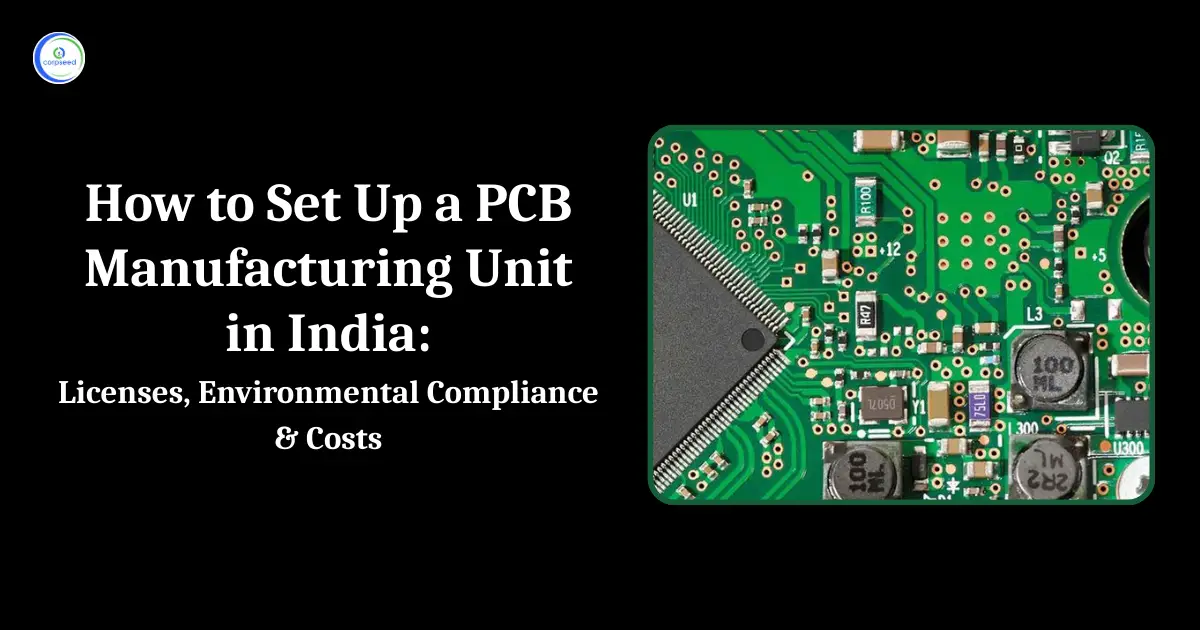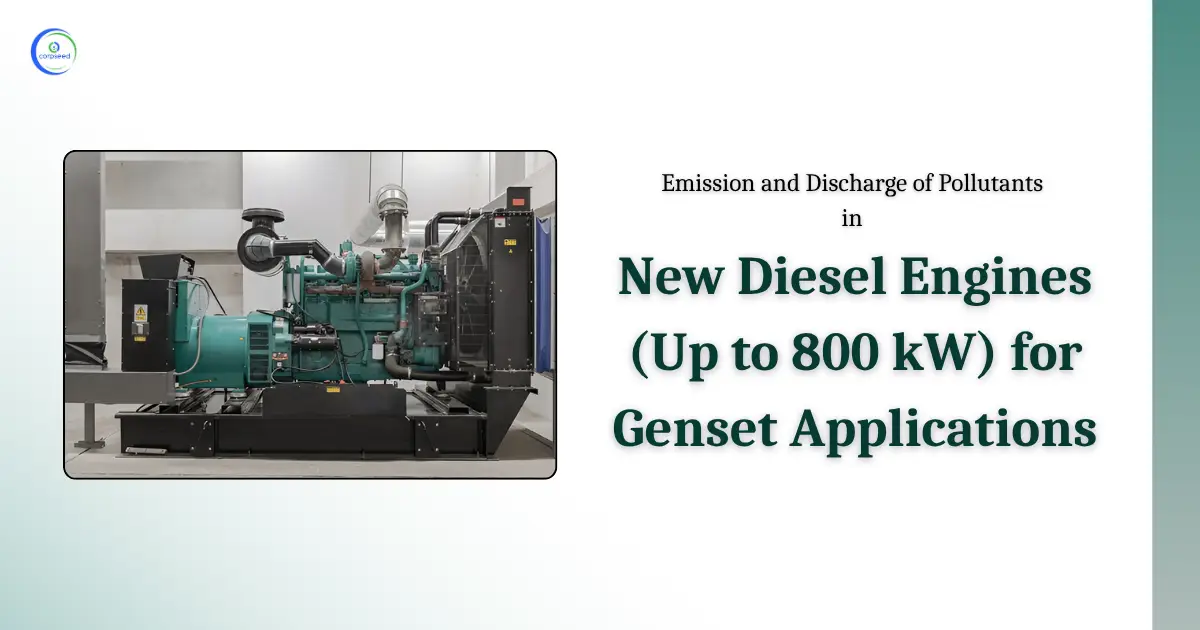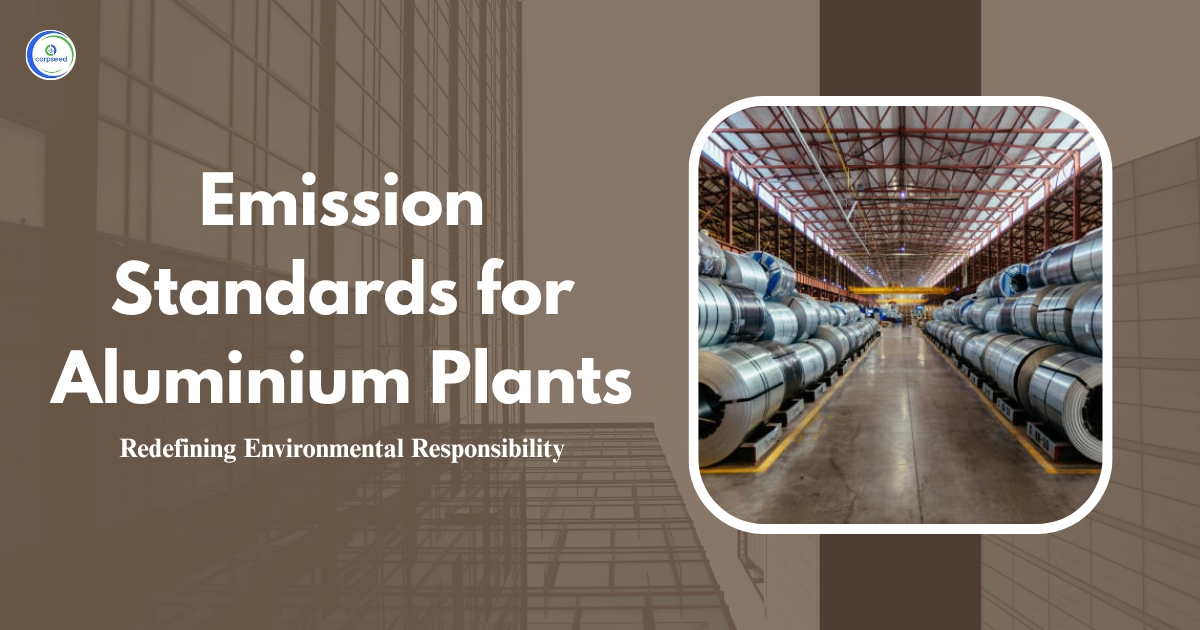Hot mix plants, which are widely used in road construction, are a major source of air pollution due to the discharge of particulate matter, gases and other pollutants during asphalt production. The Central Pollution Control Board (CPCB) and State Pollution Control Boards (SPCBs) have set stringent standards for emission of environmental pollutants from these plants to safeguard air quality and public health.
Table of Contents
Understanding the Environmental Pollutants for Hot Mix Plants
Hot mix plants play an important role in making asphalt for roads, they also contribute significantly to the discharge of environmental pollutants such as particulate matter (PM), carbon monoxide (CO) and other harmful gases. These pollutants are released mainly during mixing and heating processes that include the combustion of fuels such as coal, diesel or natural gas. In response to increasing environmental concerns, the Government of India has introduced the Environment (Protection) Amendment Rules, 2023, which consist of specific emission standards for hot mix plants. The purpose of the new rules is to prevent adverse environmental impacts of these plants and reduce air pollution in the surrounding areas. These standards regulate the discharge of particulate matter, regulate stack height, fuel use and need the installation of air pollution control devices to confirm optimum emission mitigation. In order to meet legal requirements and protect air quality, hot mix plants need to adopt these standards, especially in populated areas and sensitive areas.
--------------Blog Contact Form-------------
What are the emission standards for hot mix plants?
The Environment (Protection) Amendment Rules, 2023 set particulate matter emission limits for hot mix plants: 150 mg/Nm³ for batch-type and 300 mg/Nm³ for drum-type plants. Compliance with these standards involves approved fuels, installation of pollution control equipment and complying with specific stack height requirements.
Emission of Pollutants in Hot Mix Plants
Hot mix plants emit a range of pollutants, especially during the asphalt production process. These pollutants include particulate matter (PM), nitrogen oxides (NOx), carbon monoxide (CO), sulfur dioxide (SO2) and volatile organic compounds (VOCs). The main emission sources in a hot mix plant are:
- Combustion of Fuels in the Drum or Batch Mixers: The heating and mixing of aggregates in the plant’s drum or batch mixers discharge a major amount of particulate matter (PM) and gases like CO, NOx, and SO₂ due to the burning of fuels such as coal, petroleum coke, diesel, or natural gas.
- Handling of Hot Aggregates and Asphalt: Dust is produced when the raw aggregate is relocated or stored in the plant. This dust can increase the concentration of particulate matter in the air and surrounding areas, which can increase respiratory risk.
- Material Storage and Transport: Storage bins and transportation of aggregates from one section to another can also result in fugitive dust emissions, especially in open storage areas. To reduce the emission, it is necessary to install water sprinklers or dust control systems.
- Exhaust from Asphalt Mixing: In asphalt production, hot bitumen is mixed with aggregates, which can emit volatile organic compounds (VOCs) and particulate matter. Appropriate control measures are required to minimize the release of emissions during the mixing process.
- Vehicle Movement and Site Operations: The movement of vehicles for conveying aggregates and asphalt, along with plant operation, produces dust and emissions from fuel combustion Ensuring proper maintenance and clean fuel use helps reduce these impacts.
Also Read: What are the SO2 and NOx Standards for Ceramic Industry?
Emission Standards for Hot Mix Plants
In accordance with the Environment (Protection) Amendment Rules, 2023, the Government of India has prescribed specific emission standards for hot mix plants, which will apply to both batch-type and drum-type facilities. The purpose of these standards is to control the discharge of environmental pollutants, especially particulate matter.
| Sl. No | Industry | Parameter | Standards |
| 116 | Hot Mix Plant | Particulate Matter Concentration (mg/Nm3 ) in stack emission | |
| Batch type Hot Mix Plant | 150 | ||
| Drum type Hot Mix Plant | 300 |
Note:
- The minimum stack height for Hot Mix Plant shall be calculated as: Stack height (Hs) = 14(Q) 0.3, where, Q is the SO2 emission rate in kg/hr.
- Only approved fuel as specified by State Pollution Control Boards or Pollution Control Committees shall be used.
- Dust emission from material handling shall be contained with water sprinkling or by covering the points of dust emission.
- The internal roads, working platform, loading and unloading areas in premises should be paved and kept clean all times.
- The green belt shall be developed along the periphery. Use of Recycled Asphalt Pavement (RSP) shall be allowed in the aggregates.
- State Pollution Control Boards or Pollution Control Committees may decide the size and capacity to permit hot mix plants based on available technology and prevailing environmental conditions.
- The hot mix plant shall be equipped with appropriate air pollution control devices as mentioned below so as to ensure optimum efficiency to achieve the standards, namely: Drum Type: Cyclone or multi-clones with wet scrubber, Batch Type: Multi-clones with bag filters.
Implications for the Hot Mix Plant Industry
Compliance with these emissions standards for hot mix plants has major operational and financial implications. Compliance with these new regulations needs significant changes in technology, process optimization and environmental monitoring.
- Adoption of Cleaner Fuels: As part of emission control measures, hot mix plants should switch to using approved fuels like natural gas or biomass based fuels, which are less polluting than coal or pet coke. These changes minimize sulfur and particulate emissions but may upsurge fuel costs.
- Investment in Pollution Control Devices: The hot mix plants will require to spend in and install innovative pollution control equipment like cyclones, multi-clones, wet scrubbers and bag filters. These systems help plants fulfill particulate emission standards, but they also signify an important capital expense.
- Operational Modifications and Redesign: Many plants require to transform their operating equipment to meet valid emissions standards, including stack height adjustments and material handling systems. New designs of systems including the addition of dust suppression technology increases operating costs.
- Legal Risks and Penalties: Non-compliance with new emission standards can lead to hefty fines, closure orders and legal challenges from environmental agencies. It is essential to meet these standards to ensure business continuity and avoid reputational loss.
- Competitive Advantage: Hot mix plants that adhere to these standards and adopt green practices can potentially gain a competitive edge, particularly in areas with firm environmental regulations. Becoming certified as an Environmentally Responsible Operator can offer contracts that need environmental compliance and sustainable business practices.
Also Read: What are the SO2 and NOx Standards for Glass Industry?
Conclusion
Hot mix plants play an important role in road construction but also contribute significantly to air pollution, especially in the form of particulate matter and gases. The establishment of the Environment (Protection) Second Amendment Rules, 2023, lays down clear and stringent emission standards that hot mix plants must adhere to, such as limits on particulate emissions, calculation of stack heights and utilization of approved fuel usage.
By implementing cleaner fuels, making reasonable investments in pollution control technologies, and improving operative practices, the industry can fulfill these standards, minimize its environmental footprint, and safeguard public health. Legal compliance not only avoids penalties but also increases market competition. As environmental regulations become more firm, hot mix plants that prioritize sustainability and responsible production will be better located for long-term success.
This portion of the site is for informational purposes only. The content is not legal advice. The statements and opinions are the expression of author, not corpseed, and have not been evaluated by corpseed for accuracy, completeness, or changes in the law.
BOOK A FREE CONSULTATION
Get help from an experienced legal adviser. Schedule your consultation at a time that works for you and it's absolutely FREE.







_Corpseed.webp)
.webp)
